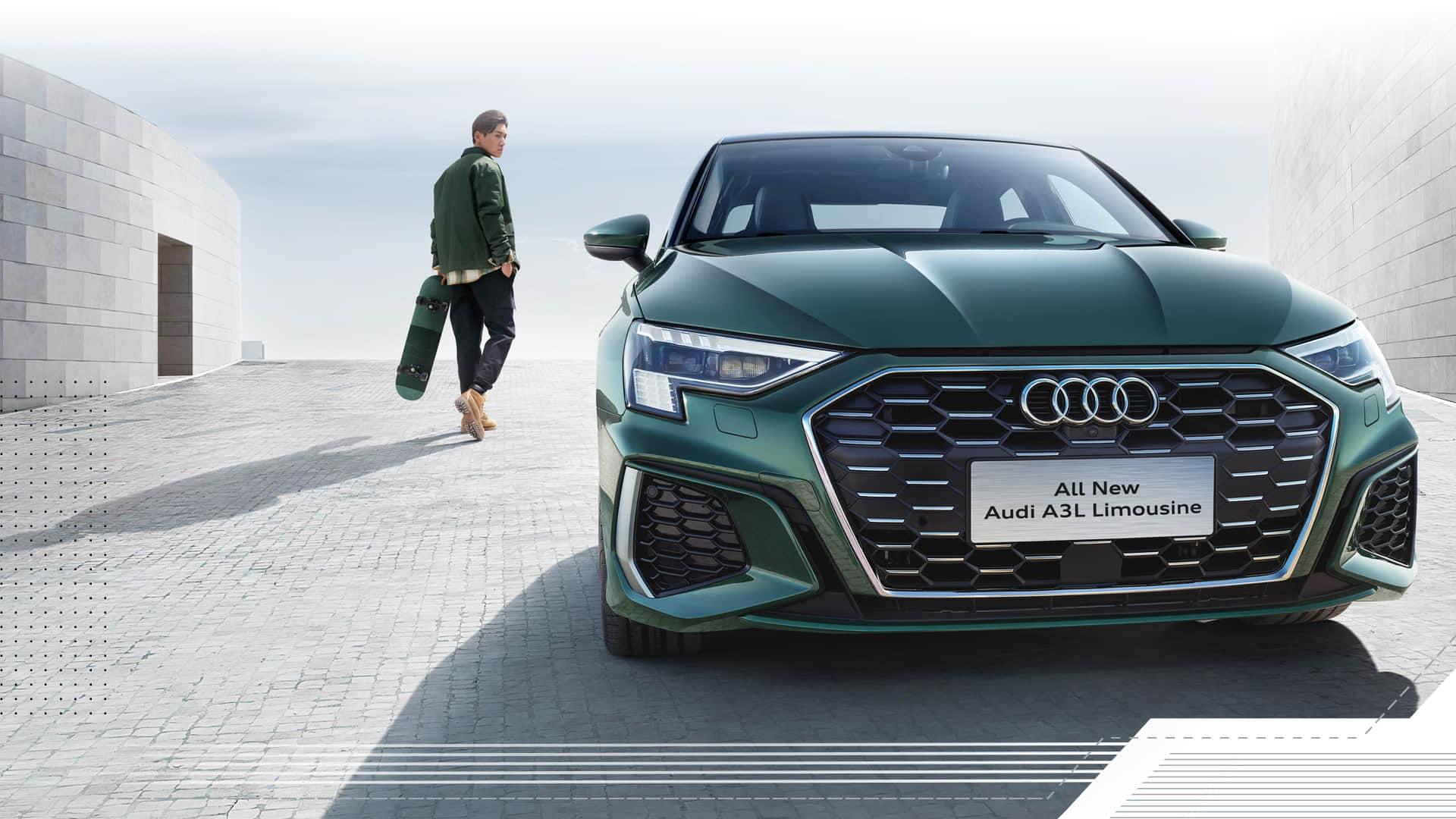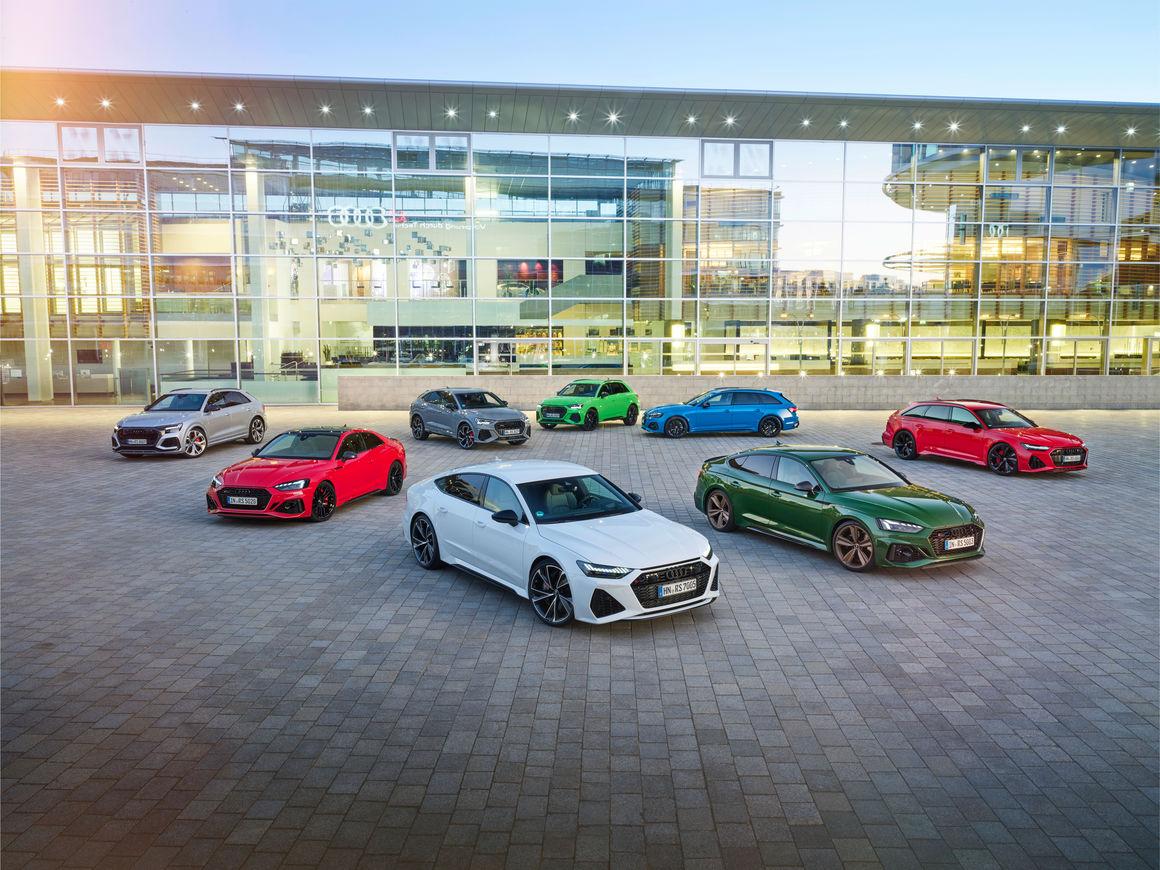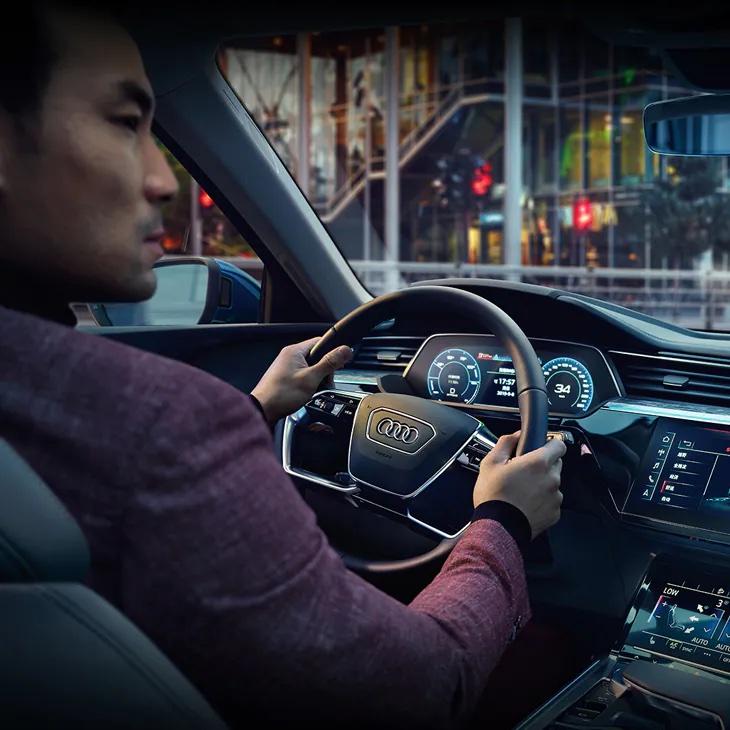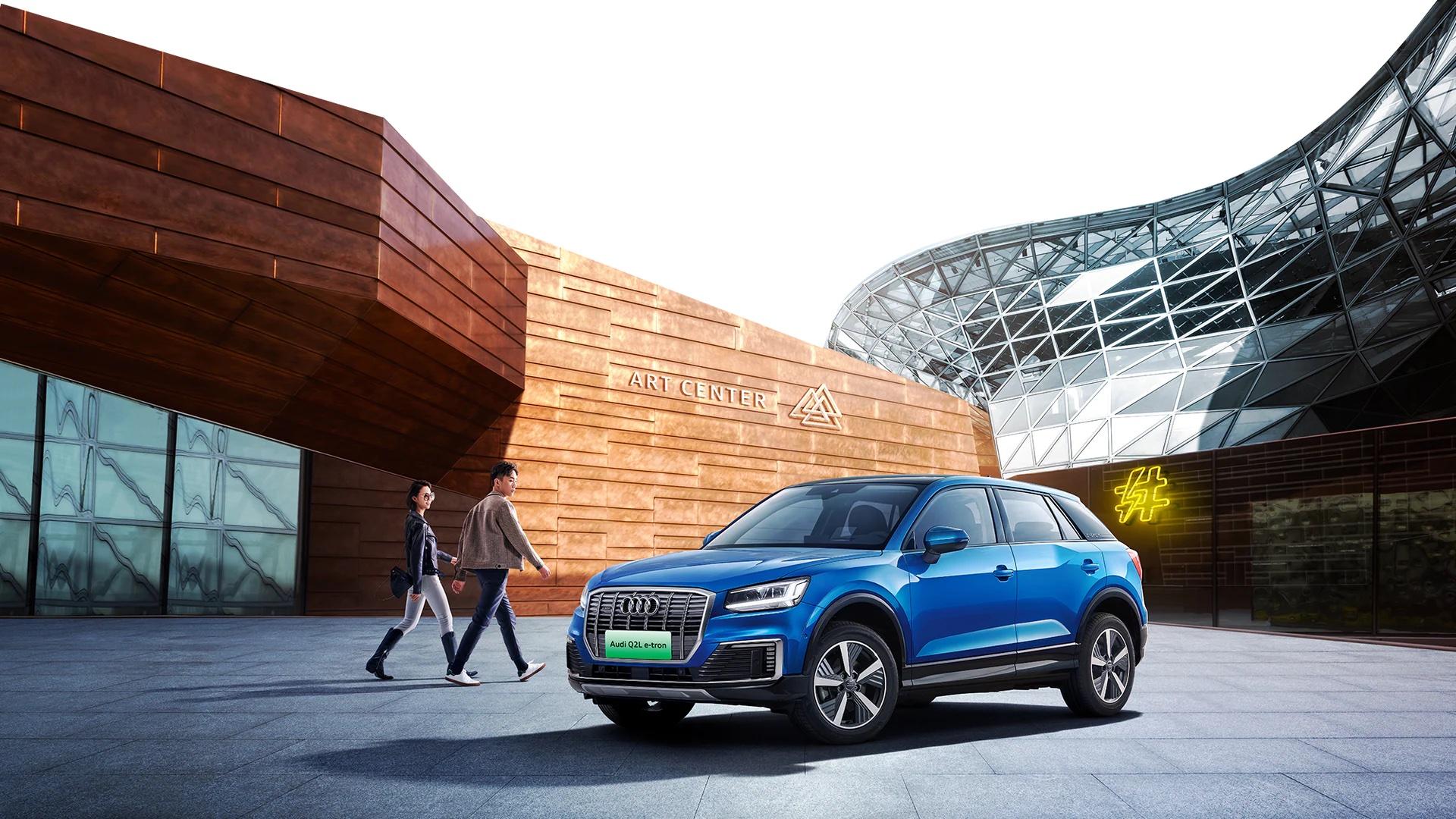

Audi, as Germany’s oldest-established automobile manufacturer, acknowledged the significance of comprehending China’s youth to shape its future brand strategy. Nonetheless, the brand encountered a challenge due to the Chinese youth’s relatively low perception of its brand image. To address this, Audi collaborated with Labbrand to undertake a research for Chinese youth consumer insights, exploring aspects such as lifestyle, culture, social patterns, consumption habits, digital behavior, and attitudes towards cars among China’s 3rd generation.
Audi’s primary objective was to gain a deep understanding of the distinctive characteristics and preferences of China’s youth, enabling the customization of its brand strategy for maximum effectiveness. The main challenge lay in obtaining insights into the motivations, values, and expectations of this demographic, ultimately bridging the perception gap and fortifying Audi’s brand image among the Chinese youth.

We categorized the 3rd generation into distinct age groups, each representing different life stages:
Post 80s
The Post-80s generation is focused on simplifying and stabilizing their lives. They have moved away from the wild ideas of their youth and now prioritize family, taking on the responsibility of caring for both their parents and their own children. Their life revolves around their family, and they seek a sense of security and ease.
Post 85s
The Post-85s aspire towards self-achievement in their life and are willing to reward themselves when they achieve their goals. They seek a quality life. They are more confident in their life choices and have grown to be more rational in dealing with challenges in their life.
Post 90s
The Post-90s generation is currently in the phase of self-exploration. As many of them are newcomers to the workforce, they grapple with finding a clear life direction. They aim to align their interests with their career choices, forging their own values. However, living in a rapidly changing world, they are prone to being influenced and may feel uncertain at times.

Based on the political, economic, societal, and technological context, we found out that the 3rd Generation has a more distinctive value system compared to past generations, now mostly led by societal expectations.
We have identified and clustered the respondents in order to have a clearer picture of the different typologies within the 3rd Generation. We noticed that across the 3rd Generation, we could look specifically at their motivations (intrinsic purpose to engage in activities) and desired social role (extrinsic reward) to anchor the key typologies within the 3rd generation.

In terms of 3rd generation’s consumption pattern, we found that they are more likely to select and consume brands that resonate well with their value system. That is to say, in addition to tangible benefits, winning brands must deliver intangible elements and have an emotional connection to propose. The 3rd generation has its framework of how they categorize brands, brands that more and more need to deliver rich experience across their different touchpoints. Our analysis of this part is to answer “How the 3rd Generation uses technology?” and “What Mobility means for the 3rd Generation?” Technology serves different purposes among the 3rd generation and each typology shows different levels of engagement towards those tools. Technology has also influenced their behavior and expectations towards mobility solutions.
Based on the findings, we conclude that the 3rd Generation expects augmented connectivity as part of the future of mobility through three aspects:
OPTIMIZE DRIVING EXPERIENCE
The car is expected to be plugged into big data and offer autonomy from driving to optimize the driving experience
ENHANCED PERSONALIZATION
The car will become highly personalized to become more secure yet offer flexibility to deliver efficiency
EFFICIENT SOCIALIZATION
The car will empower me to enjoy the journey through connectivity, and entertainment through a higher level of safety as a result of autonomy

With the help of Labbrand, Audi’s thorough consumer research on China’s youth yielded invaluable insights into their preferences, motivations, and expectations. The results highlighted the significance of providing immersive experiences and fostering emotional connections at every interaction point.
Moreover, the research emphasized the 3rd generation’s keen interest in augmented connectivity for future mobility, with an emphasis on enhancing driving experiences, personalization, and socialization efficiency. Armed with these valuable findings, Audi can tailor its brand strategy and offerings to better resonate with the Chinese youth, ultimately bolstering its brand image and cementing its position among this crucial target audience.

A Labbrand Group Company © 2005-2025 Labbrand All rights reserved
沪ICP备17001253号-3To improve your experience, we use cookies to provide social media features, offer you content that targets your particular interests, and analyse the performance of our advertising campaigns. By clicking on “Accept” you consent to all cookies. You also have the option to click “Reject” to limit the use of certain types of cookies. Please be aware that rejecting cookies may affect your website browsing experience and limit the use of some personalised features.